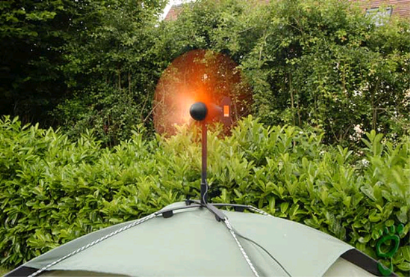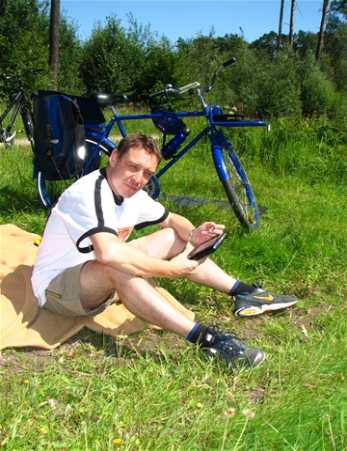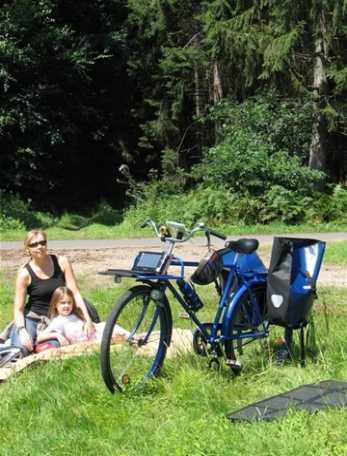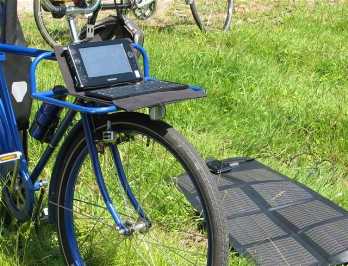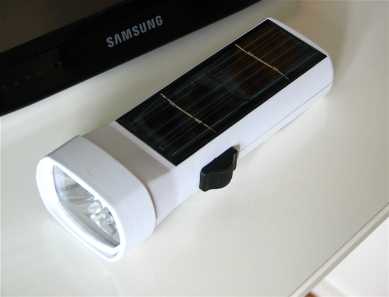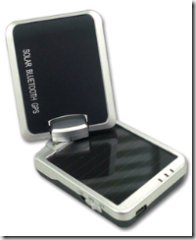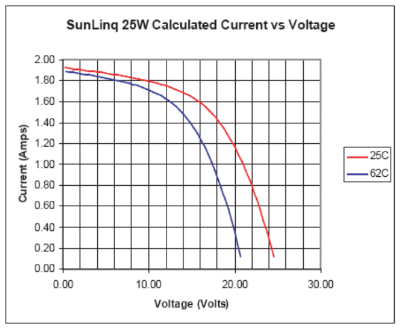And that is about as good as its going to get I think. Time is running out fast and a good weather window is approaching. ‘Only’ 20-30% chance of rain. 6 hours of sun per day. 28th, 29th and 30th don’t look too fantastic but I’m afraid I’m going to have to take the risk. The Solar UMPC Tour is under starters orders!
Tag Archive | "solarumpc"

Alternative energy for the tour.
Posted on 18 August 2007
Frank, another UMPC blogger found this…
He blogged about it here and called it a ‘European solution.’ He might be right because this year has been a terrible summer. My BBQ rate is down to once a week when it should be at least three times per week! A wind solution would need to be a lot bigger than this one though. According to the designers web page it takes 12 hours of wind to store enough power to charge a mobile phone. Mobile phones run on batteries of about 3 watt/hour. I’d get about 20 minutes of UMPC time per day with this version.
Frank. It might be easier for me to Fly over to Florida. You provide the tour Oranges OK?

9 days rain ahead.
Posted on 09 August 2007
I know that weather is supposed to be chaos but this is just silly. The most settled weather we’ve had this year was back in April and since then its been a real mess. It doesn’t look like it wants to change much either. The whole of central Europe is stuck in a mess of clouds that does not want to move and bizarrely, Helsinki, the place I’ve just come back from in northern (and generally colder) Europe is expecting a ton of sun!
Getting everything re-organised in another country is not something I really want to do to be honest. There’s a lot of cost and time issues that would make the project too much trouble for me and my sponsor, VIA Technologies so once again, I’m going to wait. The 9-day forecast takes me up to 18th August. After that point I have about 5 more weeks left in the summer before the sun gets too weak.

Solar UMPC Picnic
Posted on 01 August 2007
I took a long lunch break today for a solar UMPC picnic!
The Q1b was really difficult to see in the sunlight (as are all UMPCs) there but after a while, my eyes actually adjusted a bit and it was useable. The only problem is that you have to wind up the backlight which kills the battery life. I will have to be working in the shade on the tour.
Speaking of which, I’m still planning it. I mentioned before that the weather has been bad but its starting to look better now. I have to wait for my daughters 1st day of school on the 7th August and then I’m free to choose when to go.
One other thng to mention…A cool Solar Lamp that Kornel, one of the UMPCPortal team, sent me from his holiday. It works! Thanks Kornel. I’ll be taking it with me.

Solar GPS trip recorder.
Posted on 30 July 2007
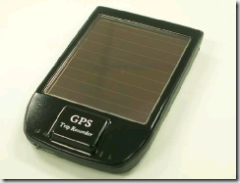 This is a solar-powered GPS and track logger. It does the things that I’ll be using my Garmin Etrex for on the tour (still delayed due to the worst summer I can remember for many years!) but in a much tidier way. Transystem Inc, the manufacturer of this product already have a solar powered GPS unit called the I-Blue-757 which appears, in specifications, to be similar to this one so I’m not sure exactly what the difference is. Here’s a picture of the I-Blue-757
This is a solar-powered GPS and track logger. It does the things that I’ll be using my Garmin Etrex for on the tour (still delayed due to the worst summer I can remember for many years!) but in a much tidier way. Transystem Inc, the manufacturer of this product already have a solar powered GPS unit called the I-Blue-757 which appears, in specifications, to be similar to this one so I’m not sure exactly what the difference is. Here’s a picture of the I-Blue-757
If I can find a local supplier for one of these, I might get one to test out although The Etrex is hardly taking a huge amount of power and is proving to be reliable and rugged. I’ll give it some more thought I think!

Xantrec 300 / Sunlinq portable solar solution
Posted on 11 July 2007
Here’s a solution based on the Sunlinq 25w panel and a Xantrec 300 Plus combo lead-acid battery/inverter. Its very similar to my own solution apart from the fact that this one weighs nearly 10KG!!!
A number of blogs seemed to have picked up on this solution today and are quoting 11-12 hours charging time. This figure is a little misleading. The battery capacity is about 240w/hr and based on a reasonable 5-hour per day full-sun rate its going to take 10 hours. That’s a minimum of 36 hours duration! In middle-Europe, you’ll be waiting for 3 full days of sun!
The other point to consider is that you need to take all your AC converters with you (weight problem) and should recon on 20% energy loss by converting from 12v -> 110V and down to 12, 16, 19 or whatever voltage your device takes. Hardly efficient. Alternatively you can buy 12v car adaptors for all your equipment (can get expensive.)
My recommendation is to use a combination of a Li-ion battery with variable DC output (I’m using the TabletKiosk/Tekkeon MP3400) and a lead-acid battery (I’m using a 2.5kg 6Ah part) This gives you the best of both worlds (lead-acid flexibility and Li-Ion light weight) and cuts the total weight right down to under 4KG. At also avoids having to operate a dangerous 110v. Capacity with my solution is around 130W/hr but here’s the key. Don’t use a notebook PC, use a UMPC. They are far more efficient. With a normal UMPC you’re good for 10 hours of computing on a fully charged system (around 7 hours full-sun charge time.)
News Via GottaBeMobile.

Sunlinq 25W and Tekkeon Power bank work well together.
Posted on 27 June 2007
I don’t really understand why I didn’t try this before. Its simple. its recommended and it works. Have I been too focused on flexibility why simplicity could be the answer?
I was speaking to Chris from Euro-Line, an importer of consumer solar products and he highlighted a document that I’d already seen. I took another look and staring me in the face was a recommended and tested solution using equipment that I already have. Its the same setup that I tested with the P3 panel. Just plug the panel into the Tekkeon MP3400 and wait for enough sun. You might remember back in the early posts that this is how I found out that Li-Ion charging solutions where not so efficient and how it set me on the path to research a more flexible solution.
With the ’12v’ 25w Sunlinq panel I have I assumed that a 12V output wouldn’t drive a 19v input and after looking at the diagram again I though ‘why are they recommending this solution? It shouldn’t work.’
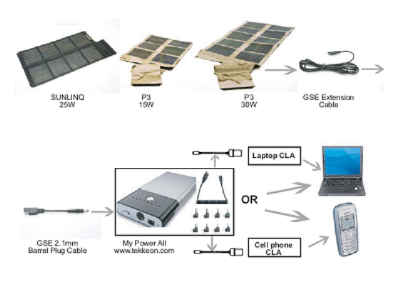
Image taken from GlobalSolar.com PDF here.
Looking more closely at the specs of the panel, its clear now why it works. The 12 panel isn’t strictly 12V. The voltage varies according to the load and in fact with an open circuit the voltage is way up over 20 volts. However, with a load of around 800mA, the charging current for the power bank, the voltage sits nicely at around 20V. Tada!
With a 25W panel, 800ma at 19V is reached at around 60% sun power. On a clear summer day here, the sun is over 60% power for around 5 hours between 11 and 4pm. The charger needs 4 hours to load up 56W of energy.
Now here’s an idea. Between 12 and 2, the panel is producing 40% more energy than the Li-Ion battery is taking. Can I mop that up with a lead-acid battery?
Testing continues…

Solar charging. Lead Acid vs Li-Ion
Posted on 27 June 2007
In a recent comment here, someone asked why the Lead-Acid battery was needed. Its probably not too clear in the video why I use it so I reproduce my answer (which comes from the best of my knowledge!) here.
There are two main problems with charging Li-Ion batteries from Solar panels.
Firstly, Li-Ion batteries (in notebooks and battery bank) charge using a constant current (stream) of power. For common notebook batteries and battery banks such as the Tekkeon MP3400, this is around 1A. A lot of the 12V portable solar panels only reach this power at high sun levels meaning you can only use them for a few hours mid-day. In fact a 12W panel might not be enough to even start the charging process. Secondly, if you have a huge panel that could deliver, say, twice as much power as needed, its not used. Only the power needed is taken. The rest is wasted.
These two problems can be overcome at the expense of weight with a lead-acid battery.
L-A batteries are more flexible. You can charge them with a trickle and also with a higher charge rate. They are much more suited to pairing with a solar panel. The problem with this solution is weight. Small 12v L-A batteries are over 2KG in weight!
What’s needed is a flexible Li-Ion battery charging solution. Currently there are no products on the market that can archive this but I’m searching hard!
In summary there are 2 solutions.
1 – Get a panel powerful enough to charge a Li-ion battery at 70% of its rated output. For example, a 25W panel and the Tekkeon MP3400 Li-ion battery. This will give you about 4 hours of charge time on a sunny summer day. (Mid-Europe) This should be enough to completely fill up the Li-ion battery.
2 – Go for a heavier solution with a L-A battery and give yourself more charging flexibility.
 |
| |||
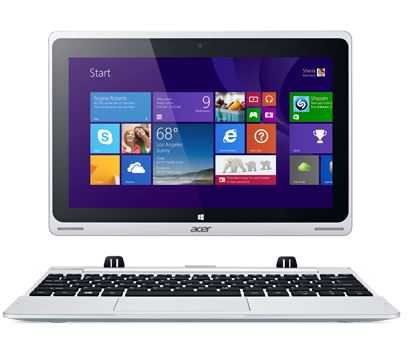 |
| |||
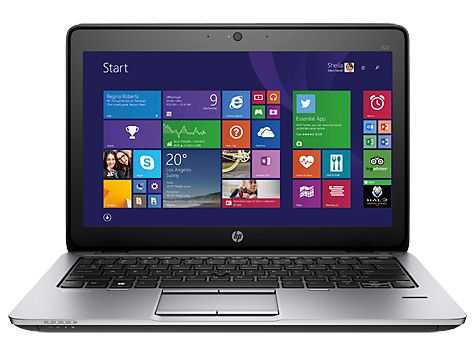 |
| |||
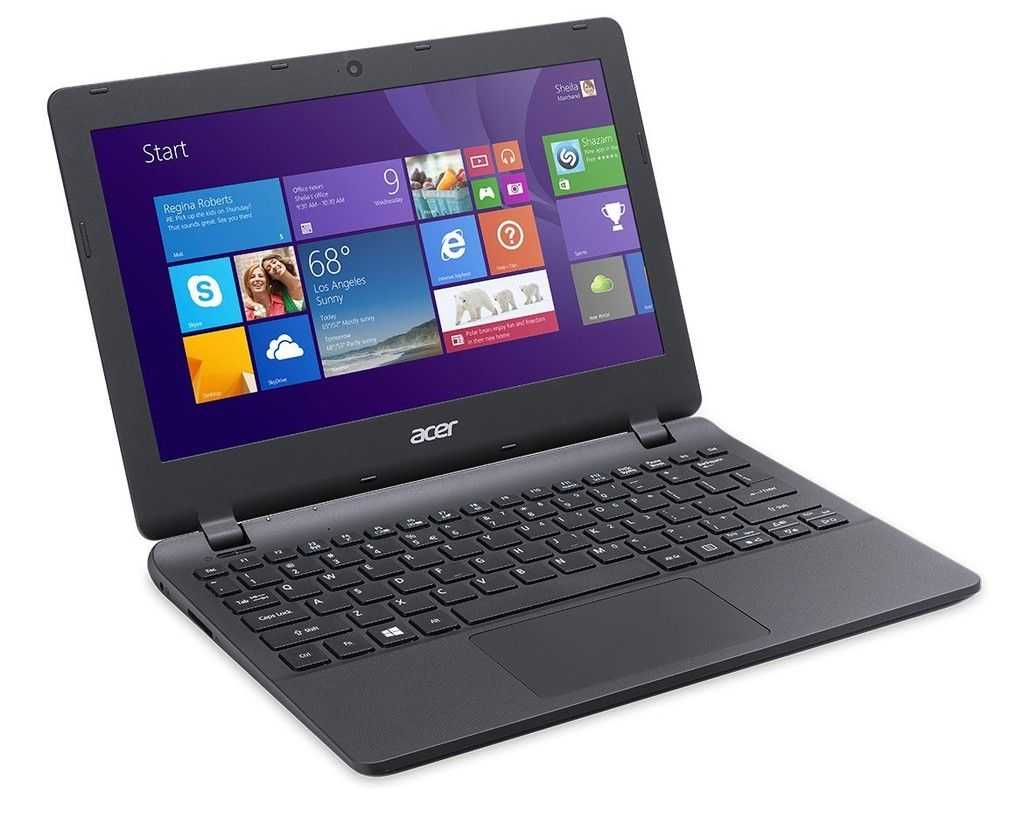 |
| |||
 |
| |||
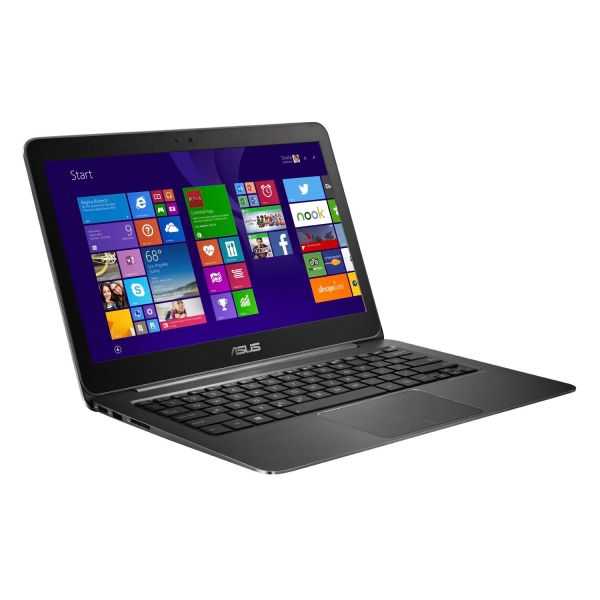 |
| |||
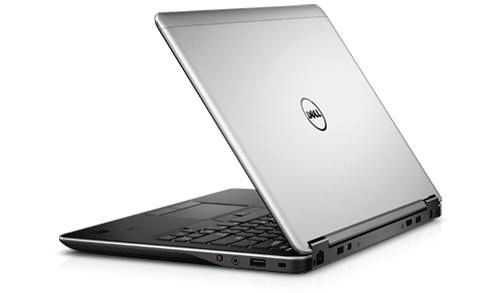 |
| |||
 |
| |||
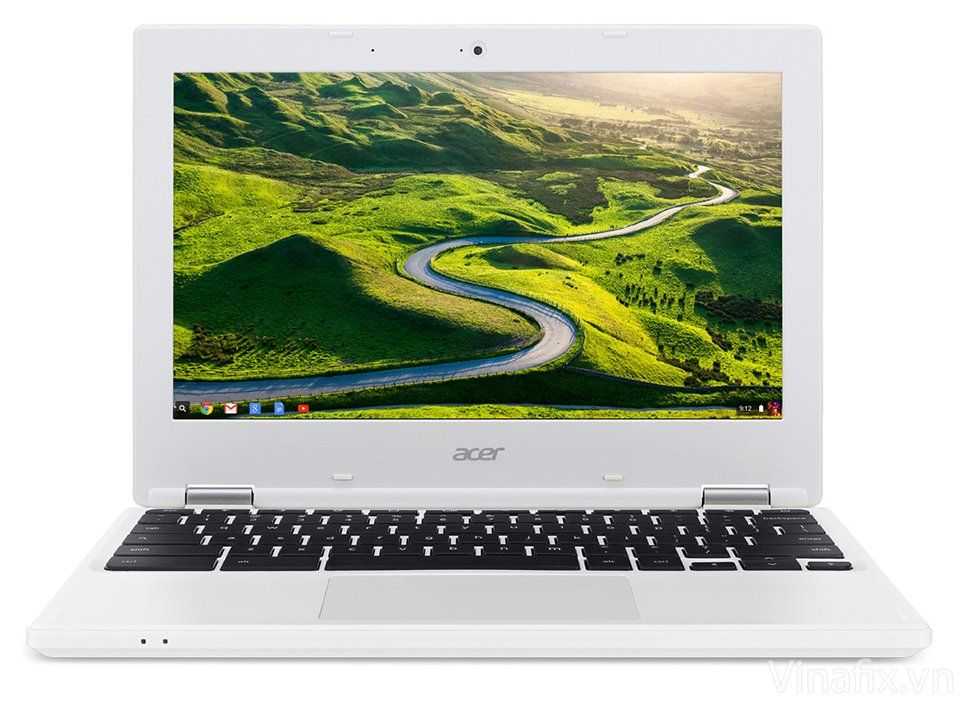 |
| |||
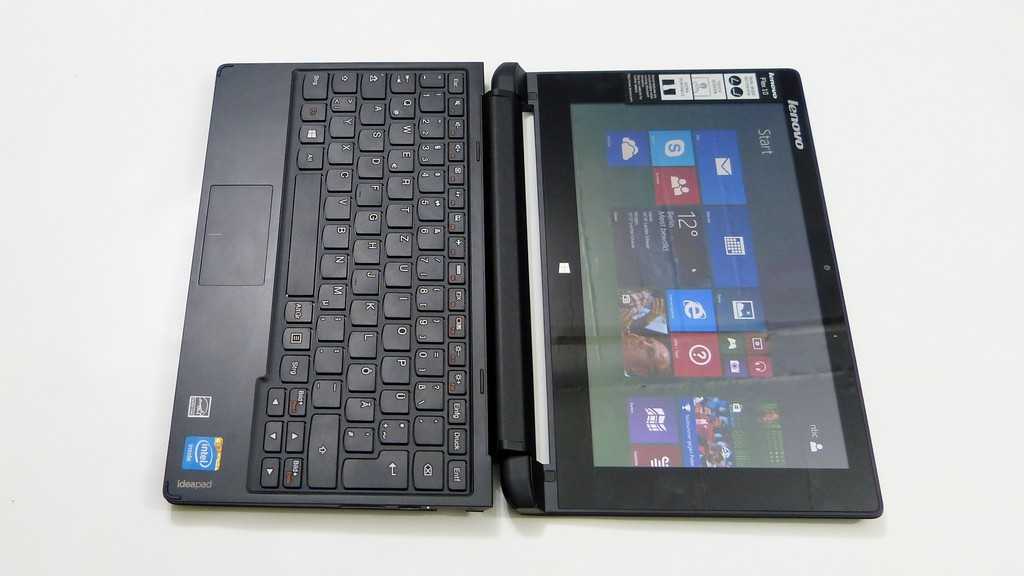 |
|


